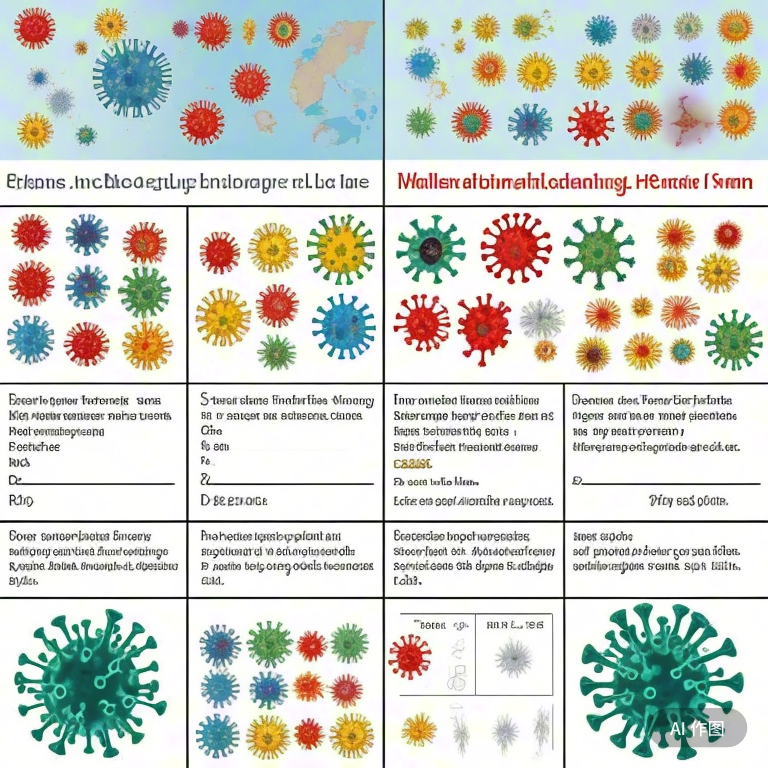Etiology The most common cause is inflammation of the fallopian tubes or pelvic peritoneum. Chronic inflammation damages the mucosal lining of the tubes, leading to scarring, luminal narrowing, or complete…
Causes of Fallopian Tube Blockage


Etiology The most common cause is inflammation of the fallopian tubes or pelvic peritoneum. Chronic inflammation damages the mucosal lining of the tubes, leading to scarring, luminal narrowing, or complete…
Myasthenia gravis (MG) is a common neuromuscular disorder, though many patients lack sufficient understanding of it. How can one determine if they have this condition, and what diagnostic methods are…
Coronary Heart Disease (CHD) is a common and serious cardiovascular condition caused by narrowing or blockage of the coronary arteries. In addition to basic pharmacological treatments, revascularization therapy remains the…
1. OverviewAs early as 1877, Jean-Martin Charcot described cognitive and personality changes in Parkinson’s disease (PD) patients. However, Parkinson’s disease dementia (PDD) gained significant attention only in the 1960s. Studies…
Overview Parkinsonian syndromes are a clinical diagnostic concept used by neurologists to describe a group of disorders characterized by bradykinesia (slowed movement), along with other symptoms such as tremor, rigidity,…

Overview Mediastinal mesenchymal tumors may remain asymptomatic for years. Over 50% are incidentally detected via imaging, physical exams, or autopsy. Common symptoms include: Local symptoms: Chest pain, cough, dyspnea, dysphagia,…
HUS can cause extensive extrarenal damage, some of which may be life-threatening. However, with advancements in treatment, the mortality rate has decreased to below 10%, and only about 5% of…
1. Differences in Principles and Functionality DCE-MRI: Based on dynamic tracking of contrast agent distribution in tissues, it evaluates tumor vascular permeability, blood flow perfusion, and microcirculation features, emphasizing myeloma…
1. Assessing Tumor Angiogenesis and Activity DCE-MRI dynamically monitors the distribution and metabolism of contrast agents within tissues, reflecting tumor vascular permeability, blood flow perfusion, and microcirculation characteristics. This allows…

Internationally, infectious diseases are primarily categorized into four classification systems, each based on different dimensions and criteria: 1. Classification by Pathogen Type (Common Global Standard) Bacterial InfectionsExamples: Plague, Cholerae, Typhoid.…